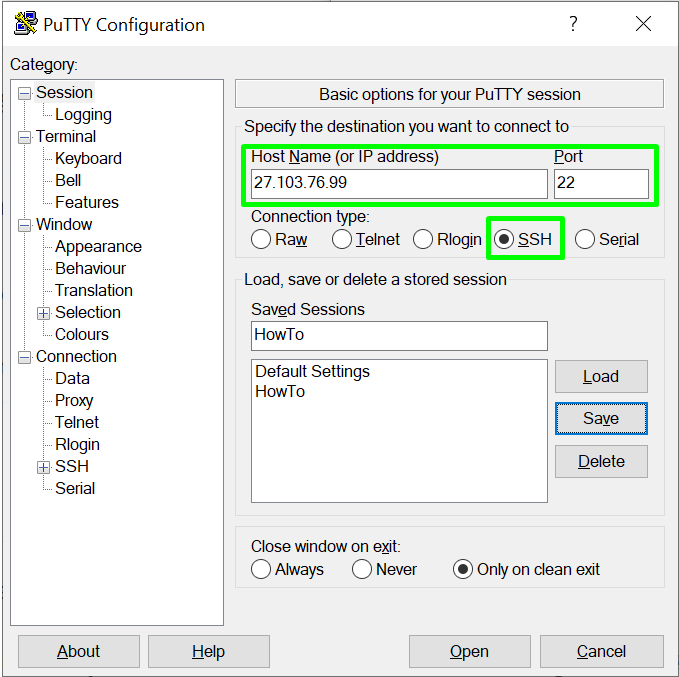

This capability means that Session Manager tunnels real SSH connections, allowing you to tunnel to another resource within your VPC directly from your local machine. Session Manager is a fully managed AWS Systems Manager capability that lets you manage your Amazon Elastic Compute Cloud (Amazon EC2) instances, on-premises instances, and virtual machines (VMs) through an interactive one-click browser-based shell or through the AWS Command Line Interface (AWS CLI). What is AWS Systems Manager Session Manager? Thanks to AWS for the wonderful documentation. Mentioned below is the diagram for a better understanding of the scenario.īefore talking about the solution let’s have a look at the AWS Systems Manager Session Manager in a nutshell.

It is a tiring job for the developers to connect through the Bastion Host or Jumpbox to query something from the Database. We are using VPC peering to establish connection between the lambda functions and MongoDB. I am working on an interesting project which involves lots of integrations where AWS Lambda functions and a document database (MongoDB) are deployed in two separate VPC networks. Log story short, Yes its possible with the help of AWS Systems Manager Session Manager. This will show a continuously updating message on the console of h0 "Connected YYYY-mm-dd HH:MM:SS" message confirming that your connection is still established end to end.How awesome is to access either a MongoDB or MySQL deployed in a VPC network locally using MongoDB Compass or MySQL Workbench ?Īt this point you might think that, how is it possible to tunnel to another resource within VPC directly from your local machine? Be sure to include all of the ' exactly as shown. Or if you want a spiffy little monitor showing that your tunnel is still up, you can add this to the very end of the complete ssh command shown above. You can add the -N option to the end of the command if you just want to allow the tunnels but you don't want or need to start a shell on h2. Note also that this has nothing to do with AWS. The h2.pem key does not need to be present on h1 at all. Note that in this scenario, both of the keys h1.pem and h2.pem are on your local machine. The tunnel is negotiated directly with h2 over this connection. SSH on h0 uses these streams to create a second ssh session to h2 via the connection it already has to h1. Under the hood, h0 makes an ssh connection to h1, where it runs nc b.b.b.b 22. Putting it all together (line breaks for clarity): ssh '-o Prox圜ommand=ssh -i h1.pem nc %h %p' \ We pass this as Prox圜ommand to our ssh attempt from h0 to h2. SSH will pass the hostname and SSH port of h2 to nc running on h1, which will pass back to us on the SSH connection to h1, which we will use to speak SSH to h2. This would accept connections on h0 port 31337 and connect it to h2's loopback adapter 127.0.0.1 on port 3306.īut, you don't have direct access to h2, so you need to proxy the SSH connection via h1.įrom h0, we can connect to h1 like this: ssh -i h1.pem we take that info, and tell SSH that we want to use it to create a Prox圜onnection to h1, where we'll run the nc command, which establishes a remote connection and ties its payload back to stdin and stdout. You would connect like this: ssh -i h2.pem you could establish a tunnel like this.
#AWS SSH TUNNEL HOW TO#
I will teach you how to catch this fish, rather than just catching one for you.įirst, assuming for a moment that you did have direct access from h0 to h2, how would you make an SSH connection?

You want to connect from h0 to h2 via h1, and establish a TCP tunnel from a port on h0 to a destination port on h2. I believe you are describing a situation where you have access from localhost (host h0) to host h1 (IP address a.a.a.a), and host h1 has access to host h2 (IP address b.b.b.b), but h0 does not have connectivity to host h2.


 0 kommentar(er)
0 kommentar(er)
